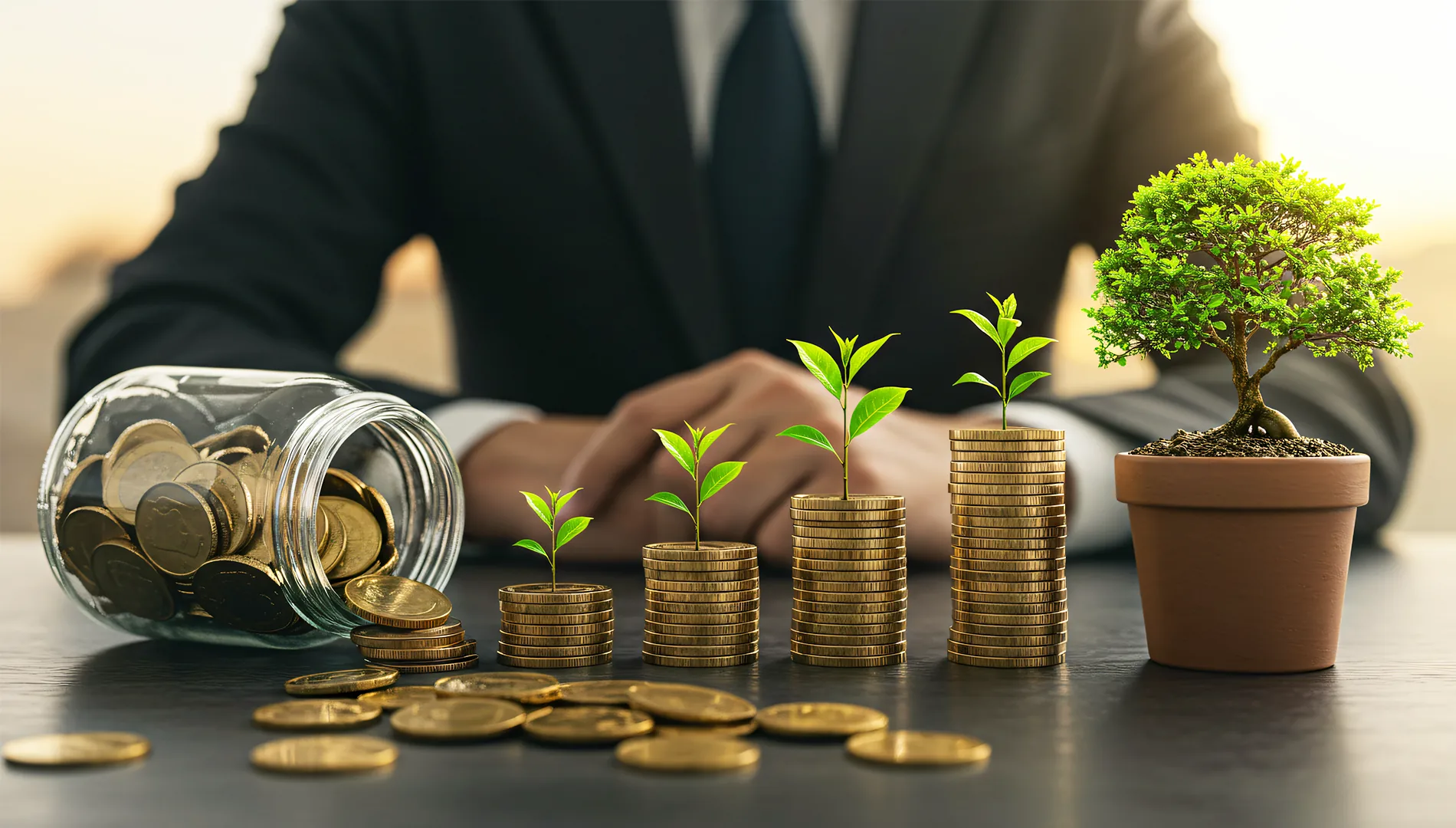Finance and Sustainability: How to Profit the Right Way

Finance and sustainability aren’t just trends—they’re shaping the future of business. More and more companies are realizing that being eco-friendly isn’t a cost. It’s an investment that pays off. Think about it. Customers today expect brands to care about the planet. Investors are pouring money into sustainable markets, and businesses that embrace ESG strategies are […]